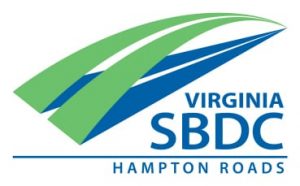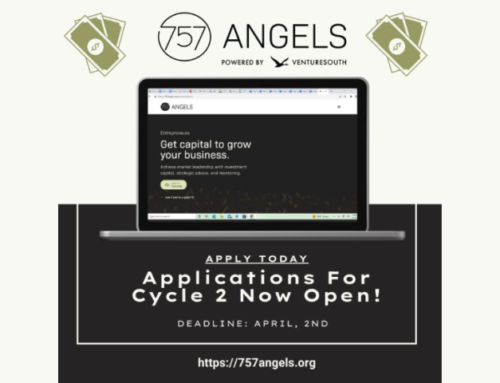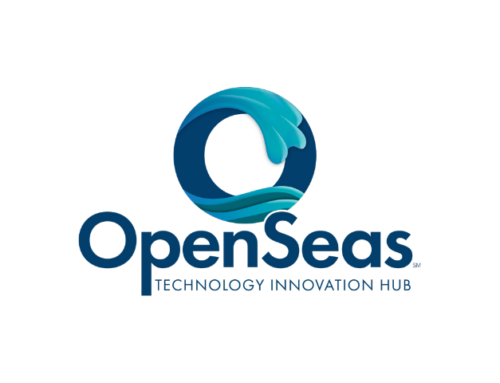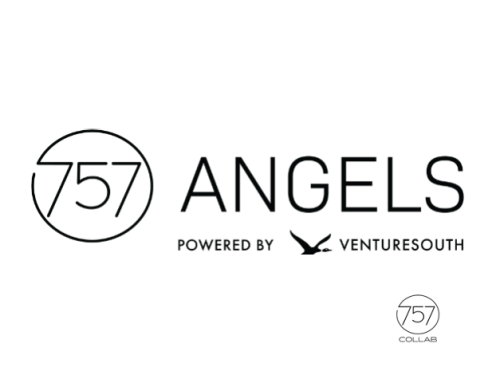
Congress passed landmark legislation late yesterday that provides new relief for small businesses. The bill must now be signed and then the Treasury and SBA will be tasked with implementing the provisions of the legislation. The final step in the re-opening of the Paycheck Protection Program (PPP, a/k/a PPP2) will be for the lending community to re-establish their lending portals.
The legislation, the Consolidated Appropriations Act, 2021, includes the following provisions:
- A total of $300 billion has been set aside for small business assistance
- 501(c)(6) not-for-profit organizations will be eligible
- $284 billion has been included for the PPP program
- $20 billion will be used to re-plenish the EIDL “first advance” program for businesses in low-income communities
- Closed live-venues, independent movie theaters, and cultural institutions can access a pool of $15 billion
- $12 billion will be set aside for businesses in low-income and minority communities
- PPP2 will be available to borrowers that did not receive assistance from PPP1 and borrowers that did receive funds from the original PPP
- PPP2 recipients can receive up to $2 million if they meet the following criteria:
- 300 or fewer employees
- Have used or will use the full amount of their first PPP loan
- Can show a 25% revenue decline in any 2020 quarter compared to the same period in 2019
- 501(c)(6) must also meet these criteria, as well as prove that no more than 15% of their total activities and have cost no more than $1 million during the most recent tax year ending prior to 2/15/2020
- PPP2 will also permit first-time borrowers from the following groups:
- Businesses with 500 or fewer employees that are eligible for other SBA 7(a) loans
- Sole proprietors, independent contractors, and eligible self-employed individuals
- Not-for-profits, including churches
- NAICS codes starting with 72 with fewer than 300 employees per location
- Borrowers that returned all or part of a previous PPP loan can re-apply for the maximum available to them
- In addition to the eligible costs under PPP1, the new Act will provide forgiveness for the following:
- Covered worker protection and facility modification expenditures, including PPE, to comply with COVID-19 federal health and safety guidelines
- Expenditures to suppliers that are essential at the time of purchase
- Covered operating costs, including software and cloud computing and accounting needs
- As with PPP1, borrowers must spend 60% of the funds on payroll over a covered period of either 8 or 24 weeks
- Also, borrowers can receive up to 2.5X average monthly payroll, up to $2 million, except for NAICS code 72 entities, which can get 3.5X their average payroll costs, up to $2 million
- PPP forgiveness for loans of $150,000 or less has been further simplified so that all that will be needed is a 1-page certification that includes the following:
- The number of employees the borrower was able to retain because of the loan
- The estimated total amount of the loan spent on payroll
- The total loan amount
- The certification document must be produced by the SBA within 24 days of the bill’s enactment and may not require additional materials unless necessary to substantiate revenue loss requirements
- Borrowers must retain relevant records related to employment for 4 years and other records for 3 years in the event the agency wants to check for fraud
- Repeals the requirement that PPP borrowers deduct the amount of their EIDL first advance from their PPP forgiveness amount
- Set asides included to support borrowers with 10 or fewer employees, first-time PPP borrowers made eligible under the new guidelines, and loans made by community lenders
- Business expenses paid with forgiven PPP loans will be tax-deductible
Although the bill provides a slew of improvements, they still need to be codified by the Treasury and SBA and then embraced by the lenders before borrowers will be able to access these funds.






